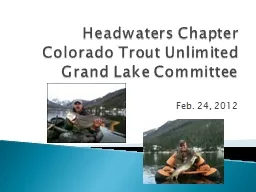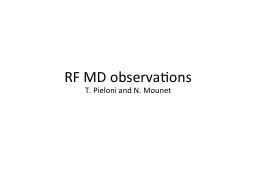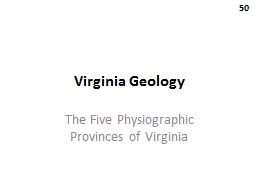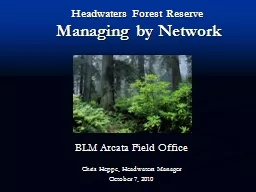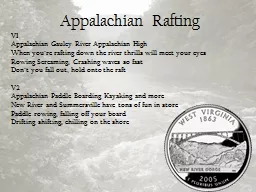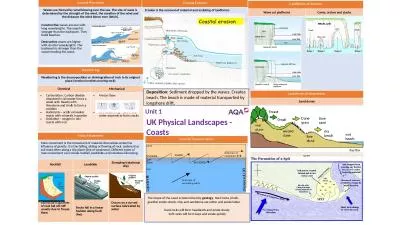PPT-H ow will large anthropogenic valley-fills in Central Appalachian headwaters erode?
Author : marina-yarberry | Published Date : 2018-10-11
Over 6000 anthropogenic valleyfills have been created by mountaintop removalvalleyfill mining within the headwaters of Central Appalachia MTRVF Fig 1 EPA 2011 An
Presentation Embed Code
Download Presentation
Download Presentation The PPT/PDF document "H ow will large anthropogenic valley-fil..." is the property of its rightful owner. Permission is granted to download and print the materials on this website for personal, non-commercial use only, and to display it on your personal computer provided you do not modify the materials and that you retain all copyright notices contained in the materials. By downloading content from our website, you accept the terms of this agreement.
H ow will large anthropogenic valley-fills in Central Appalachian headwaters erode?: Transcript
Download Rules Of Document
"H ow will large anthropogenic valley-fills in Central Appalachian headwaters erode?"The content belongs to its owner. You may download and print it for personal use, without modification, and keep all copyright notices. By downloading, you agree to these terms.
Related Documents




